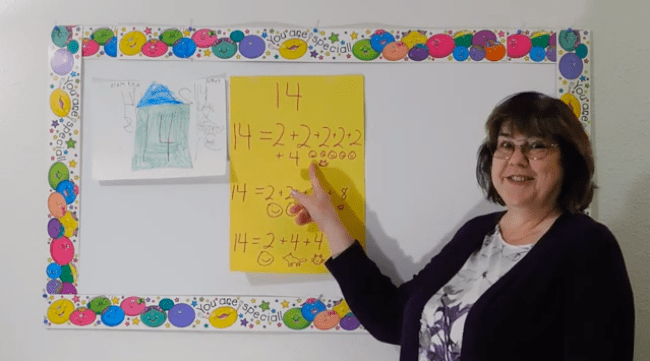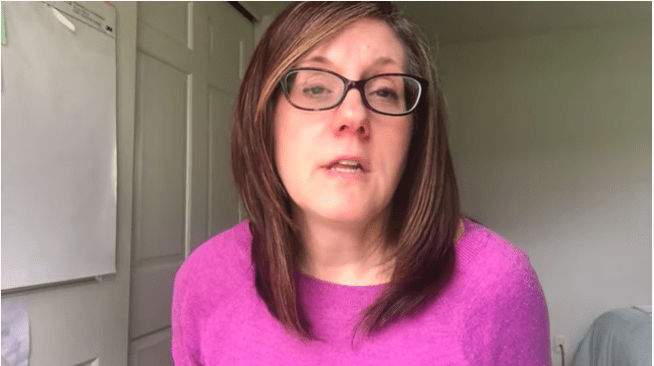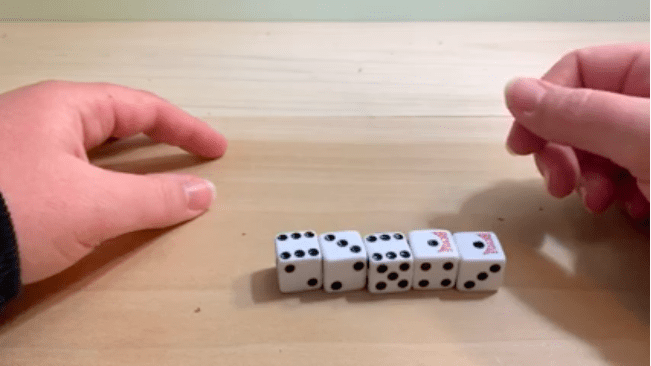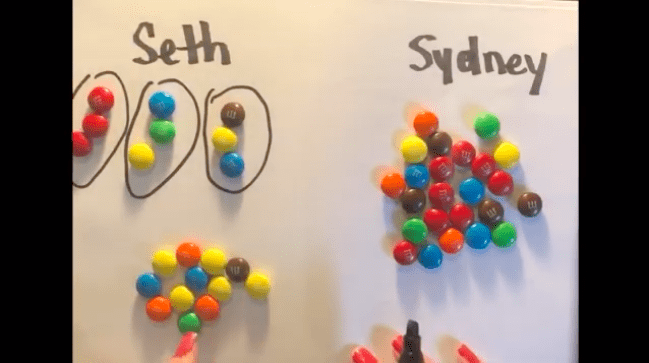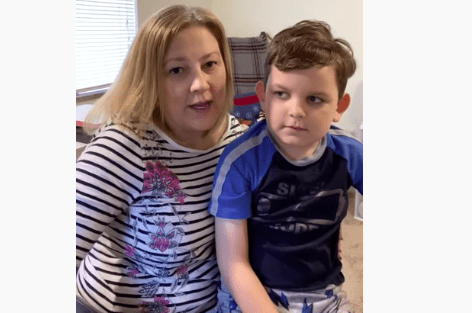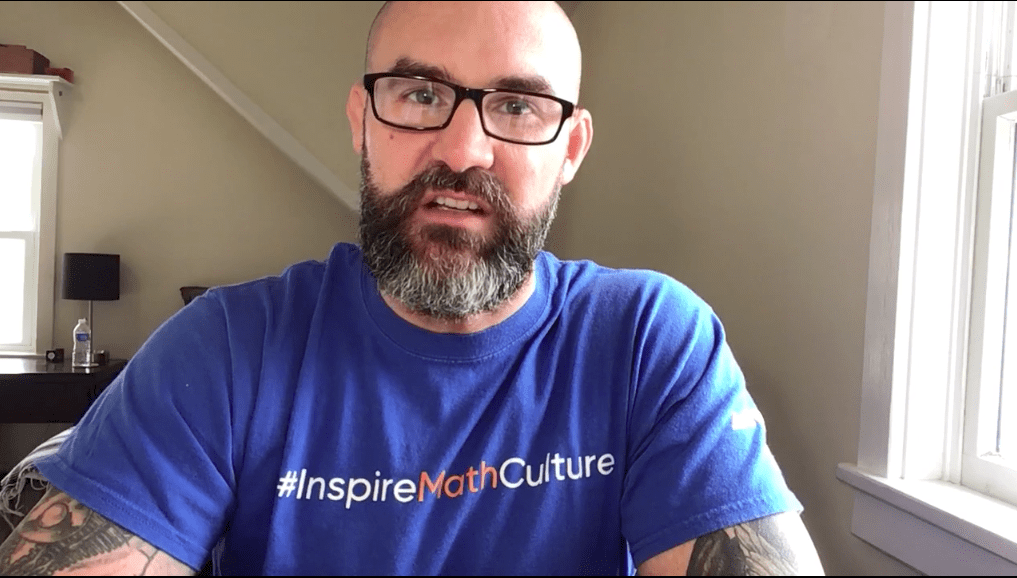What are students saying about their math learning? Ask them.
by June 16th, 2020
Peek into a math classroom, virtual or physical. What are students doing and saying about their math learning? Are they engaged? Are they thinking critically – evaluating solutions assessing their understanding, revising their strategies, explaining concepts, and connecting mathematics to real life? Excerpt from Learning Forward, June 2020, Vol. 41, No 3 by Sue Chapman…
Math in the Kitchen: Feeding our Pets With Fractions
by May 25th, 2020
Wendy Yensen helps us practice fractions in the kitchen as she prepares food for her pets. Bonus: we get to see her furry friends! One of the best ways to build confidence with fractions is to take them into the kitchen! I do this every time I feed my pets, measuring out portions of food…
Math Focus Problem: How Many Feet in Your House?
by May 18th, 2020
How many feet are you in your house? Lisa Rogers explores this math focus problem that is easy to do with the family at home! Young learners love real-world, tangible applications of mathematics, and what could be more real-world than counting the many feet at home right now? How many human feet are in your…
New Normal: Engaging in Error Analysis
by May 11th, 2020
Hollie Hartford gives tips for math teachers engaging in remote learning while keeping the 5 pillars of mathematics in mind. Try error analysis with your students! One of our priorities as math educators during this difficult period of remote learning is to uphold the 5 Pillars of Mathematics. We want to encourage reasoning to make…
Math Games: Dice Trick
by May 04th, 2020
Have dice in your house and want to try out a fun math game? Stephanie Fitzpatrick models a fun dice trick you can use to sharpen your math skills and impress your friends and family! In the video below, I show you a fun and clever dice trick that is perfect for young learners. It…
Math Focus Problem: Fractions with M&M’s
by April 27th, 2020
Stephanie Elizondo shows you how to use M&M’s to explore fractions in this week’s featured math focus problem! What could be better than combining a math focus problem with a delicious treat? I picked up a handful of M&M’s One-third of them were red. What might a drawing of the M&M’s look like? Check out…
Notice & Wonder: Symmetry in the World
by April 20th, 2020
LaToya Major takes us with her on a notice/wonder walk around her neighborhood to observe symmetry in the world around us. One of the activities we can do with few materials and our imagination is taking a walk outside and noticing the math in the world around us. I recently took a walk and focused…
Math Scavenger Hunt: Organizing Data
by April 13th, 2020
Chrissy Ramsey and her son Colton share how they counted objects on their walk and represented the data using tally marks in a tally chart. Many people in communities across the country are posting objects in their windows so those out doing socially distanced walks can find the objects on scavenger hunts. My son Colton…
New Normal: Tips for At-Home Learning
by April 06th, 2020
I’d like to talk to you about this paradigm that’s shifted in education. In the United States, we have found ourselves in a situation where the majority of students are being homeschooled. Caregivers, parents, grandparents, family members are taking care of and homeschooling kids, and for the most part, this was probably never anything you expected…
People Over Production: A Special Method to the Mathness Chat with Dr. Tyrone Howard
by March 31st, 2020
In this special episode of Method to the Mathness, hosts Nikki LaLonde and Jennifer Lenhardt discuss the COVID-19 pandemic and its effects on our communities and our students with ICLE Senior Fellow Dr. Tyrone Howard. Dr. Howard shares his perspective on the connective role that teachers and schools play within communities, particularly amidst the new…



